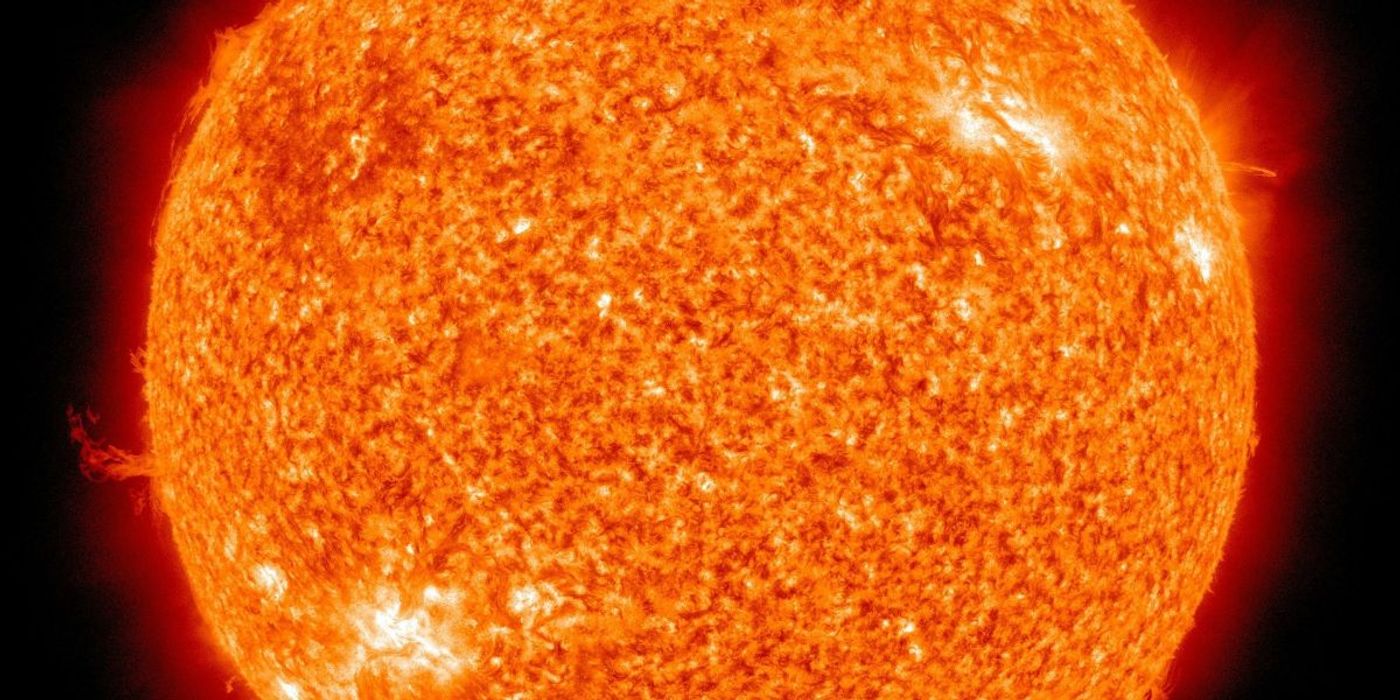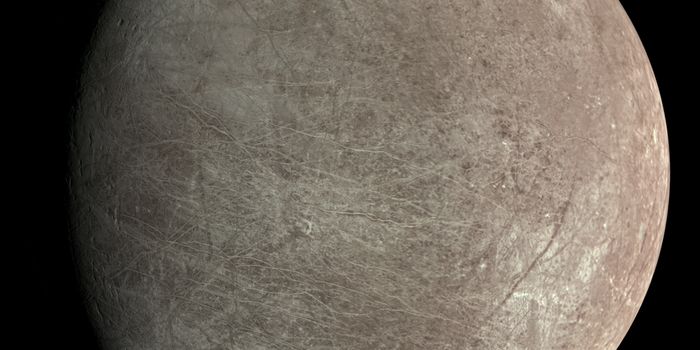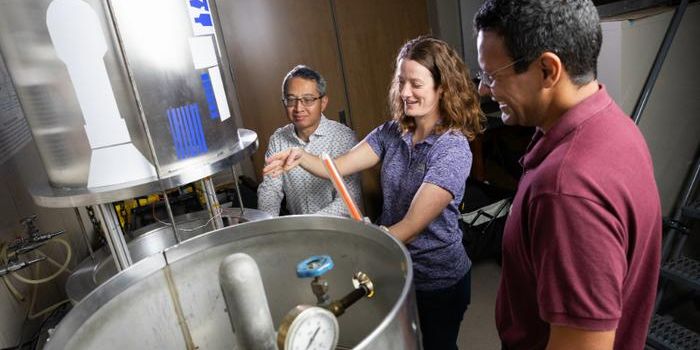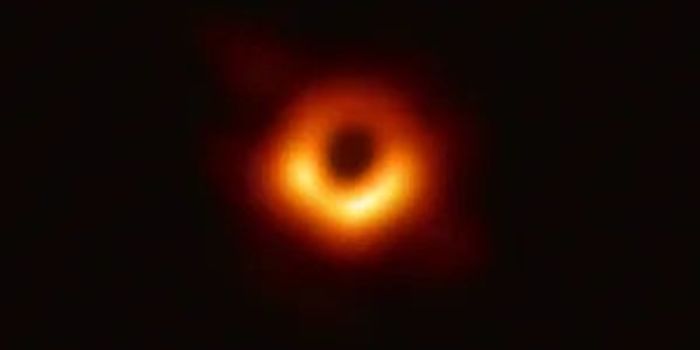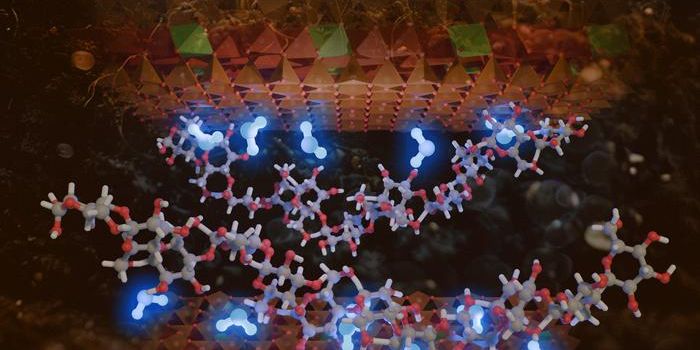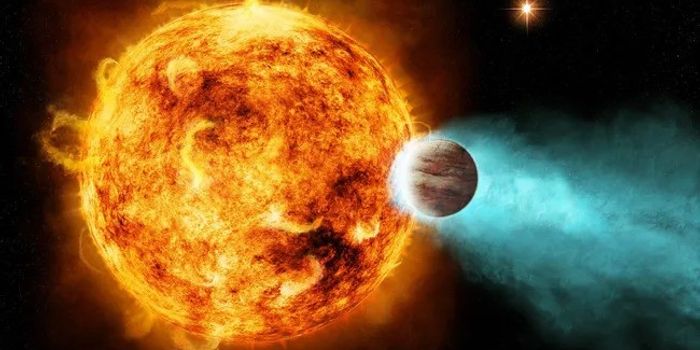Why Do Some Stars Take Longer to Cool than Others?
At the end of their life cycle, stars like our sun become 'white dwarfs'. Cooling over billions of years from this point until they are cold and dark, some seem to cool slower than others.
Stars at eight times the mass of our sun or less become white dwarf stars. After they run out of hydrogen and helium to fuse, they have insufficient pressure to ignite any remaining carbon. As such, they release their outer material and are left with their predominantly carbon and oxygen cores- around the size of Earth.
Due to their high density and small surface area, these stars take a long time to lose heat. In fact, astronomers currently think no white dwarfs in the Universe have had time to cool down completely. And some, it seems, will take significantly longer to cool than others.
Last year, researchers found that six percent of massive white dwarfs cool even more slowly than the average. In their paper, they found that these white dwarfs have a cooling delay of around 8 billion years compared to other white dwarfs. To explain this, they suggested that when neon-22, an isotope of neon found in small quantities in some white dwarf stars, sinks into the center of a star, it may heat up.
Now, however, a separate team of researchers has found that this explanation is unlikely. To test the hypothesis, they created molecular dynamics simulations that found that the rate of sedimentation from single and clustered crystals is likely to produce extra heat.
"In summary, we find that there are no conditions where a 22Ne-enriched cluster is stable in a carbon-oxygen white dwarf, and therefore enhanced diffusion of 22Ne cannot explain the Q branch." write the researchers in their new paper.
"Thus, this work motivates, including iron in white dwarf cooling models. This will require new phase diagrams of iron and a survey with molecular dynamics of the clustering and the characteristic sizes of iron clusters, which will be the subject of future work."
